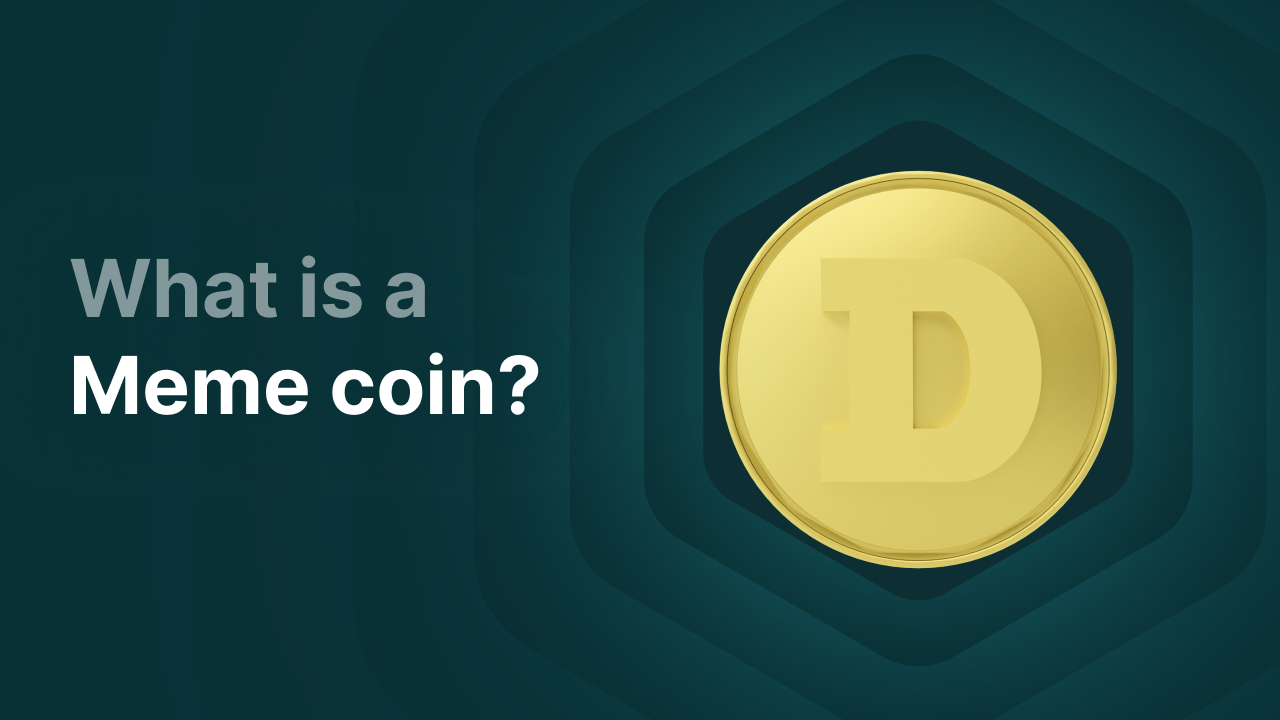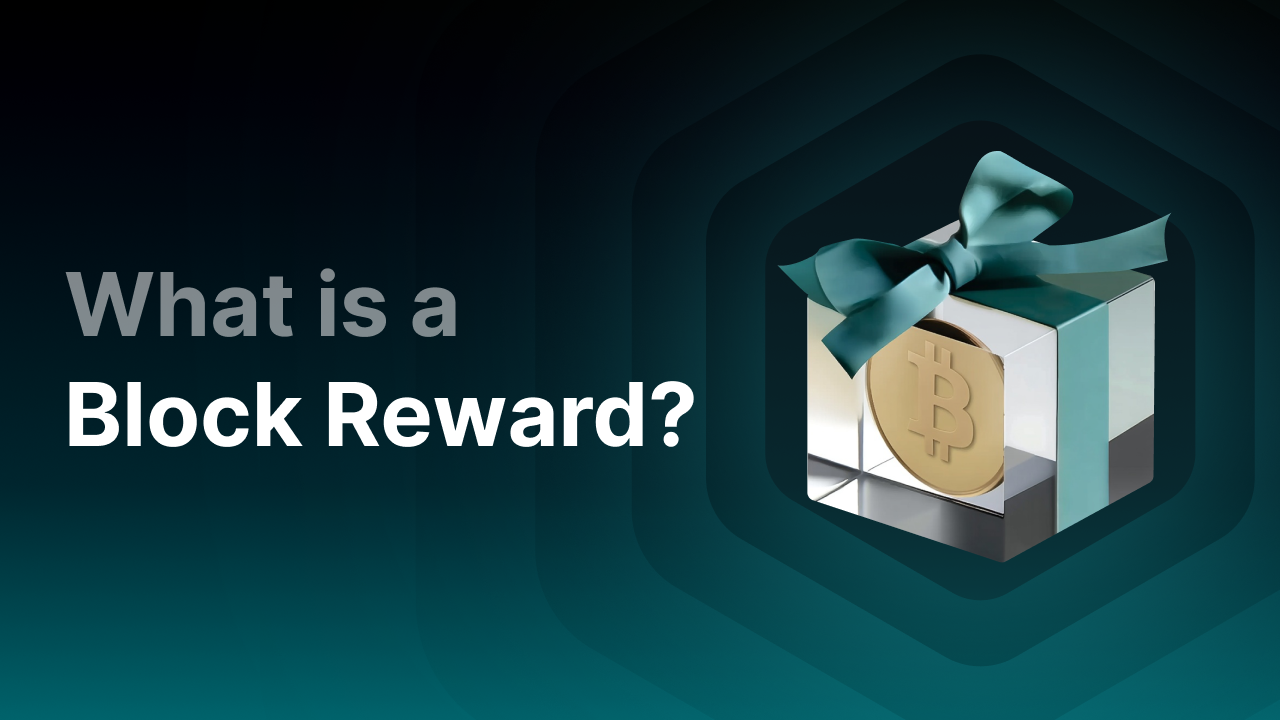What is a Meme Coin and Which Ones Exist?

What is a Meme Coin?
A meme coin is a cryptocurrency that started off as a joke or meme. It’s a crypto coin that usually doesn’t have much of a purpose besides making people laugh and of course making money. They’re often inspired by viral videos images people or communities. A perfect example is Dogecoin.
Key Takeaways
- Meme coins are cryptocurrencies that originated from internet jokes or memes, often without a real use case but with a lot of community and social media hype.
- Their value is primarily determined by popularity and social media attention, not by technology or economic fundamentals.
- They are extremely risky, with a high chance of sudden price drops and scams like rug pulls, especially with smaller or lesser-known coins.
- Still, they are attractive to beginners because of the low entry price, humor, and hope of getting rich quickly.
- Well-known examples include Dogecoin, Shiba Inu, Pepe, Bonk, and Official Trump, each made famous through unique memes and hype.
How Does a Meme Coin Work?
Technically speaking, meme coins function just like other cryptocurrencies. They usually run on blockchain technology and can be bought, sold, or traded. However, their value is mainly determined by social media popularity and surrounding hype. As a result, meme coins can sometimes increase by tens or even hundreds of percent within days. Influencers, public figures, and viral memes can cause a meme coin to suddenly explode in value, but that rise can crash just as quickly when the hype fades. So meme coins are often a relatively dangerous investment. High risk, but also high rewards—if you’re lucky.
What is the Purpose of a Meme Coin?
The primary goal of meme coins is often pure entertainment and community building. They bring people together around a joke, meme, or shared humor. While some people consider meme coins investments, their true strength lies in building communities and spreading funny and accessible messages about crypto, reaching a wider audience that might not otherwise be interested in cryptocurrencies.
Are Meme Coins a Scam?
Not all meme coins are scams, but because they can quickly gain popularity, they unfortunately also attract scammers. Most meme coin creators are anonymous, so you don’t know who’s behind it. It’s entirely possible that someone created the coin just to make a quick buck. These scammers often perform what’s called a rug pull. A rug pull is when the creators of a cryptocurrency suddenly remove all liquidity and disappear, causing the price to collapse and investors to be left with worthless tokens.
In general, the rule is: the more obscure the meme coin and the smaller the market cap, the higher the chance of a rug pull. So always be cautious and try to gather as much information as possible before investing in a meme coin.
Are Meme Coins Dangerous?
Overall, meme coins can be dangerous because their value can fluctuate rapidly. Despite all the stories of people who became multi-millionaires from a €100 investment, the vast majority did not succeed. Investors trading in meme coins risk losing money quickly if they buy in at the peak of the hype. Due to their speculative nature and lack of fundamental value, they are especially risky for novice investors who are unaware of these dangers.
Are Meme Coins the New Bitcoin?
What many meme coins do cleverly is manipulate the price and perception of their coin. What beginner investors often fail to realize is that the current price of a coin doesn’t automatically indicate how much the price can still rise. A common beginner mistake is, for example: “This meme coin only costs €0.0001 each! Imagine if I invest €100 now, and the price rises to €1—I’ll make €1,000,000 profit!”
However, this calculation ignores crucial factors such as the circulating supply (the number of coins currently in circulation), the maximum supply (the total number of coins that can ever exist), and the market capitalization (the total market value of all coins combined).
Example: Suppose you buy Dogecoin, and the current circulating supply of Dogecoin is around 140 billion coins. If Dogecoin were to rise to €10 per coin, this would mean Dogecoin alone would have a market capitalization of €1.4 trillion. That’s larger than the market cap of companies like Apple and Amazon. So practically speaking, this is very unlikely to happen. However, people see a price like €0.10 per coin and hope that it will rise like Bitcoin or Ethereum to thousands of euros per coin.
So meme coins often take advantage of beginner investors’ ignorance. They present their low price as a huge opportunity to get rich quick, leading many beginners to invest impulsively without fully understanding the fundamentals of cryptocurrency.
In short, while meme coins can theoretically yield returns, are often very funny, and people tend to count themselves rich when they see prices rising by 250% in a matter of days or weeks, we highly recommend doing your own research.
What Are the Advantages of Meme Coins?
Meme coins also have upsides. They are accessible and help make cryptocurrencies more popular with a broader and younger audience. Thanks to their humorous nature, they attract attention on social media and bring new people into the crypto world. Meme coins also offer opportunities for quick profit, especially for those who buy and sell at the right time. Moreover, they often create tight-knit communities that engage in joint initiatives and support each other. There are hundreds of examples of meme coin communities supporting charitable causes in various ways.
What Are the Disadvantages of Meme Coins?
Alongside their advantages, meme coins have clear downsides. They often lack fundamental value, and their price is mainly driven by speculation and hype. This leads to high volatility and unpredictable price swings, making it easy to lose large amounts of money quickly. Additionally, many bad actors are out to make money by exploiting beginner investors’ lack of knowledge, and may execute rug pulls. Meme coins should always be approached with caution.
The Top 5 Most Well-Known Meme Coins by Market Cap
Below we’ll cover five of the most well-known meme coins to date.
1. Dogecoin (DOGE)
What is it?
Dogecoin is the original and very first meme coin ever (created by Billy Markus), created in 2013 as a joke based on the popular Doge meme (a Shiba Inu dog with funny text in Comic Sans). It was made to mock Bitcoin and was intentionally designed to be bad and ugly. Ironically, it ended up becoming one of the largest cryptocurrencies ever.
What happened?
Originally created as satire on the crypto hype, Dogecoin gradually became a cult favorite. In 2021, the price exploded after Elon Musk tweeted positively about Dogecoin several times. The coin then reached an all-time high of $0.73 (€0.47).
Why popular?
- Easy entry point for new investors.
- Big hype from influencers like Elon Musk.
- The community also uses it for donations and micro-payments.
2. Shiba Inu (SHIB)
What is it?
Shiba Inu is a 'Dogecoin killer,' launched in 2020. This coin is also based on the Japanese Shiba Inu dog breed but was built on Ethereum.
What happened?
Shiba Inu saw explosive growth in 2021. The price rose by millions of percent, partly due to hype and the fact that developers gave away massive amounts of tokens to people including Vitalik Buterin (the creator of Ethereum), who later donated a portion to an Indian COVID fund.
Why popular?
- Massive profits in a short time.
- Low entry price attracted many retail investors (€0.0000001332).
- Ecosystem with tokens like LEASH and BONE.
3. Pepe (PEPE)
What is it?
PEPE is based on the iconic meme frog 'Pepe the Frog.' This coin was launched in 2023 as a tribute to internet culture.
What happened?
PEPE went viral within days of launch. Despite lacking real utility, it attracted millions of dollars in trading volume. Many early investors became incredibly wealthy from this coin.
Why popular?
- Nostalgia and recognition of Pepe as a meme.
- Strong social media backing.
- A bet on “the next Dogecoin.”
4. Bonk (BONK)
What is it?
Bonk is the first major meme coin on the Solana network, launched in 2022. It uses a Shiba Inu as a mascot but stands out by being active on the Solana network.
What happened?
Bonk was widely distributed via airdrops to Solana users and developers. This gave the coin an instant large community and use case within the Solana ecosystem.
Why popular?
- Free airdrops created rapid adoption.
- Meme appeal combined with Solana’s low transaction costs.
- Part of Solana’s comeback after earlier price drops.
5. Official Trump
What is it?
The Official Trump coin is officially linked to Donald Trump, launched in January 2025 on the Solana blockchain. Trump promoted the coin directly through his social media and two Trump-related companies. Trump wanted to express his support for cryptocurrency through this token.
What happened?
In 2024, rumors circulated that the Trump campaign or its affiliates were involved in a token. Although this was never officially confirmed, it pumped up interest and prices of some of these tokens even before anything was known. These coins were especially popular among politically-minded investors or people who like to take a gamble.
Why popular?
- Political hype around the U.S. elections.
- The idea that a well-known public figure is involved.
- Used as a digital sign of support or protest.
Final thoughts
Meme coins are a funny phenomenon in the world of cryptocurrency. What started as a joke has now grown into a multi-billion dollar industry with major influence on social media and investment behavior. While meme coins usually lack fundamental value, they can still see massive price increases through pure hype, community, or clever marketing. They make crypto more accessible and fun for a broader audience but also come with major risks (especially for inexperienced investors).
Whether you see them as funny memes or serious investment opportunities, it’s important to always remain critical, do thorough research, and be aware of the risks. Because in the world of meme coins, it’s often: big highs, deep lows.




